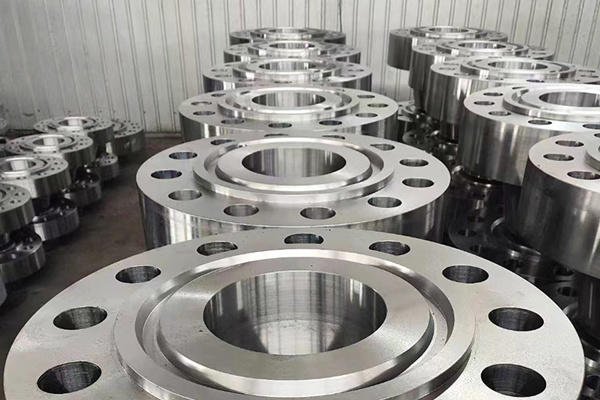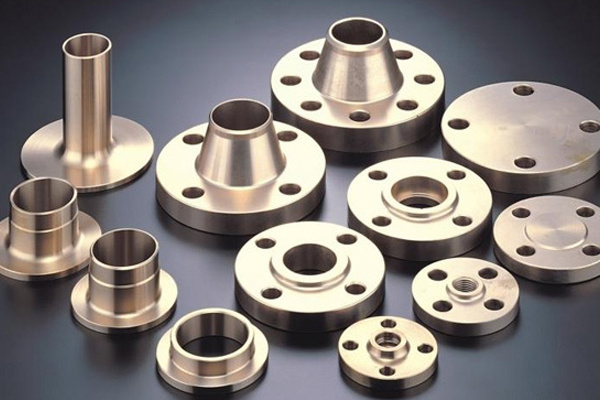API 6A TYPE 6BX flanges and blinds in ANSI/API Spec 6A specification
2024-05-22
API 6A TYPE 6BX Flanges and blinds are a wellhead connection assembly defined in ANSI/API Spec 6A for connecting piping systems and valve equipment between oil and gas wellheads.
API 6A TYPE 6BX is a pipeline connection standard for the oil and gas industry in high-pressure and ultra-high-pressure environments. The flanges and blinds in this standard are produced by high pressure forging to ensure safety and reliability in high pressure environments.
The following are some features and applications of API 6A TYPE 6BX standard flanges and blinds:
1. High Pressure capability: API 6A TYPE 6BX standard flanges and blinds can withstand working pressures up to 20,000 psi (1379 bar), suitable for high pressure and ultra-high pressure oil and gas applications.
2. Forging manufacturing: According to the requirements of API 6A standard, TYPE 6BX flanges and blind plates need to be manufactured by high-pressure forging process to ensure their strength and durability under high pressure environment.
3. Strict quality requirements: API 6A standards have strict requirements for the material, size, strength and quality of flanges and blinds to ensure that they meet the application requirements in high-pressure environments.
4. Application field: API 6A TYPE 6BX standard flanges and blinds are widely used in high pressure pipeline connections in oil and gas exploitation, transportation and processing. They are commonly used in oil Wells, oil and gas separators, flow meters, pressure vessels, and other equipment and systems that require high-pressure seals and connections.
ANSI/API Spec 6A is a specification jointly developed by the American National Standards Institute (ANSI) and the American Petroleum Institute (API) to regulate the design, manufacture, and testing requirements for wellhead equipment and valves in the oil and gas industry.
The ANSI/API Spec 6A specification covers the following:
1. Design requirements: The design requirements of wellhead equipment and valves are standardized, including size, material, strength, corrosion resistance, sealing performance and so on. These requirements are designed to ensure that equipment can operate safely under high pressure, high temperature and harsh environments.
2. Manufacturing requirements: Standardize the manufacturing requirements of wellhead equipment and valves, including material selection, processing technology, welding requirements, etc. Manufacturers must comply with the requirements in the code to ensure product quality and reliability.
3. Test and acceptance requirements: The test and acceptance requirements of wellhead equipment and valves are standardized. These tests include pressure tests, leakage tests, fire tests, corrosion resistance tests, etc., to ensure that the equipment meets the specifications and can operate safely under predetermined operating conditions.
4. Identification and marking requirements: Standardize the identification and marking requirements of wellhead equipment and valves, including product identification, size and pressure grade marking, as well as manufacturer identification and certification information.
5. Document and record requirements: the documentation and record requirements of wellhead equipment and valves are standardized, including design documents, manufacturing records, test reports, etc. These documents and records are used to track the quality of the product and the manufacturing process, and provide the necessary audit basis.
Key words:
Professional manufacturing
Pipe fittings
RELATED INFORMATION
API 6A TYPE 6BX flanges and blinds in ANSI/API Spec 6A specification
2024-05-22
The Essential Guide to Carbon Steel Plate Flanges in Construction and Decoration
2024-05-22












